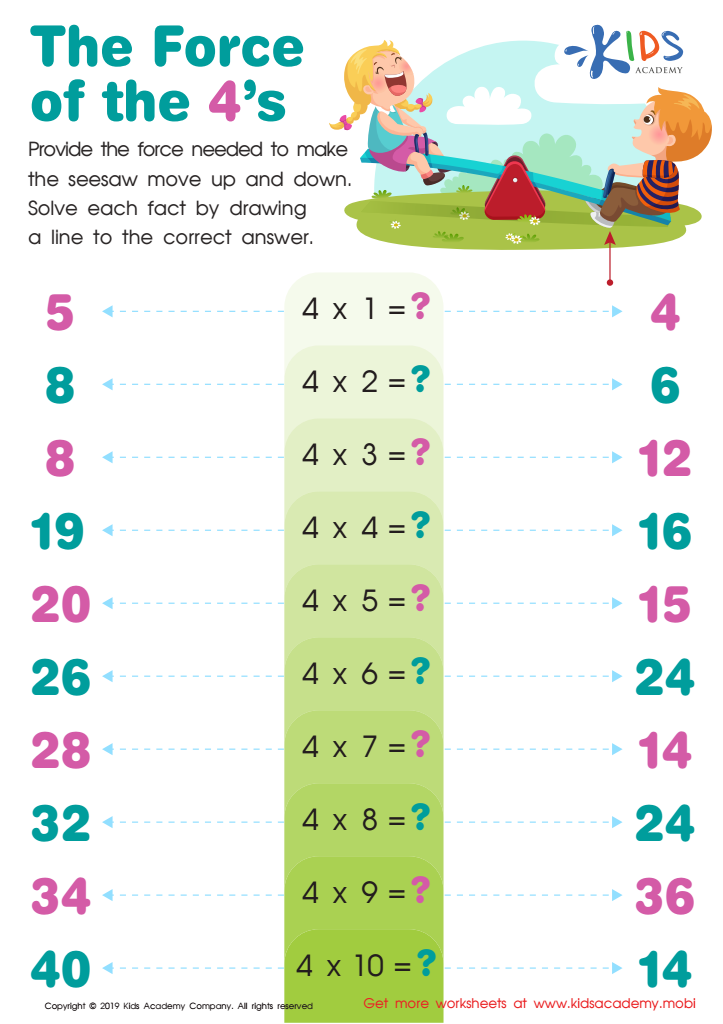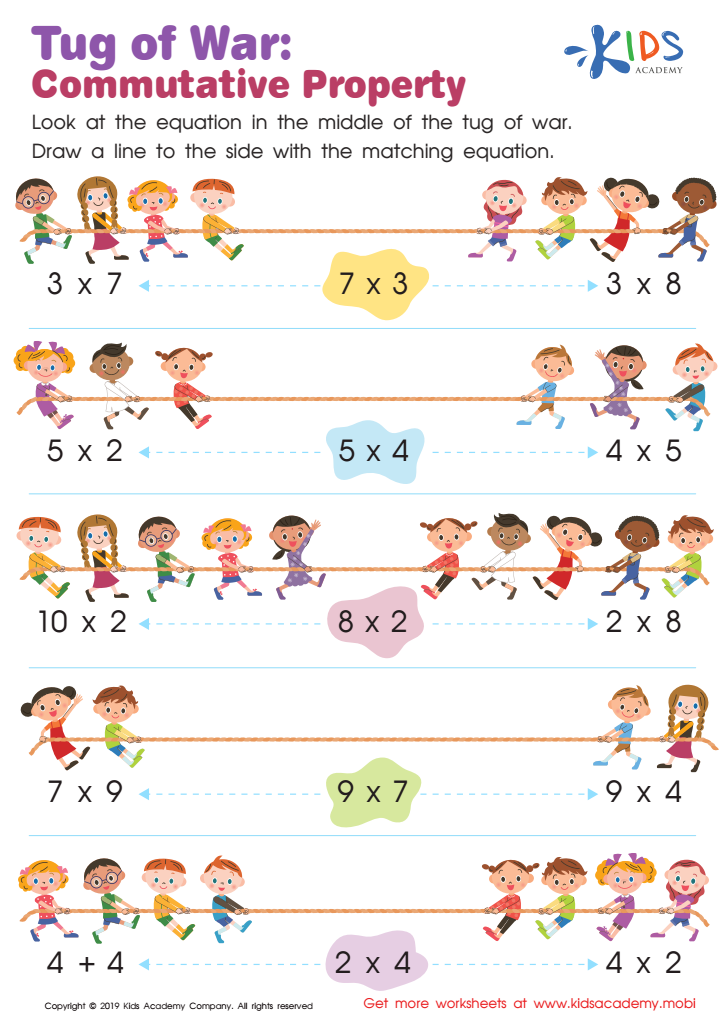Sorting worksheets activities for Ages 8-9
2 filtered results
-
From - To


The Force of the 4's Worksheet


Tug of War: Commutative Property Worksheet
Sorting worksheets activities are an invaluable tool in educational settings, offering a multitude of benefits for learners across various stages of development. These activities are not merely about organizing items into categories; they play a crucial role in developing critical thinking, enhancing problem-solving skills, and fostering an understanding of patterns and relationships. Sorting worksheets activities are designed to be engaging and interactive, encouraging students to make connections and understand the criteria used for sorting, which can be based on color, size, shape, or other attributes.
One of the primary advantages of sorting worksheets activities is their ability to bolster cognitive development in young learners. By engaging in sorting tasks, children learn to identify similarities and differences, a foundational skill that is pertinent across all subjects. This form of categorization helps in building vocabulary, enhancing memory, and improving language skills, as students learn to label groups and discuss the rationale behind their choices.
Furthermore, sorting worksheets activities are versatile and adaptable, making them suitable for a wide range of ages and abilities. For younger children, these worksheets can simplify complex concepts, making learning more accessible and less intimidating. For older students, more complex sorting tasks can challenge their analytical skills and encourage them to apply higher-order thinking strategies.
In mathematics, sorting worksheets activities lay the groundwork for understanding numerical order and operations, patterns, and data management. In science, they help in classifying organisms, materials, and phenomena, thereby building a foundational knowledge that is critical for more advanced studies. Even in literacy and social studies, sorting can aid in organizing ideas, events, and information effectively.
Moreover, sorting worksheets activities promote independent learning and offer opportunities for both individual and collaborative work. They can be tailored to accommodate different learning styles and can be integrated into various teaching methodologies.
In conclusion, sorting worksheets activities are not just about organizing objects or concepts; they are a dynamic educational tool that aids in the development of critical thinking, problem-solving skills, and foundational knowledge across multiple disciplines. By engaging students in meaningful and interactive learning experiences, these activities prepare them for more complex cognitive tasks and real-world challenges.
 Assign to the classroom
Assign to the classroom




.jpg)






